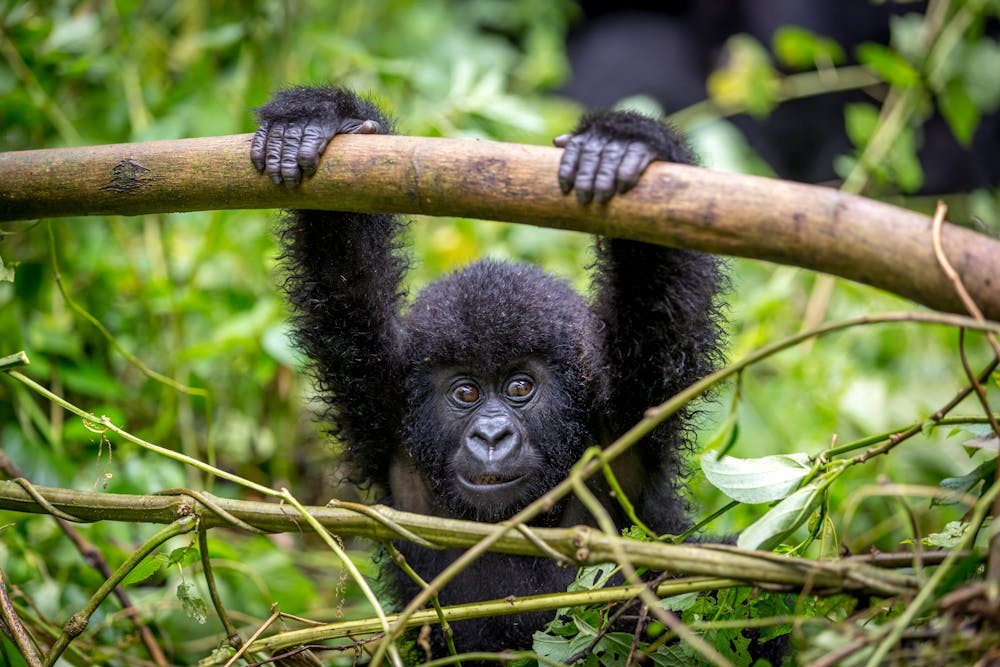Fingernails and toenails might seem small and insignificant, but they actually play a vital role in our daily lives. We’ve evolved to have them because they provide several key benefits, from enhancing our ability to manipulate objects to offering protection for our sensitive fingertips and toes. But why exactly do we need them? Let’s delve into the science behind these essential body parts.
The Evolutionary Advantage of Nails
Our nails are a testament to millions of years of evolution. Early humans with nails, rather than claws, were better equipped to survive and reproduce. Nails provided a crucial advantage in performing intricate tasks, leading to the gradual phasing out of claws in our ancestors.
As primates, we share a common ancestry with apes and monkeys, all of whom possess nails. This shared characteristic highlights the evolutionary significance of nails within the primate family. While we may not use our toenails for picking things up like our primate cousins do, their presence reminds us of our evolutionary past.
Primates and the Development of Nails
Primates, including humans, are the most intelligent group of mammals. A defining characteristic of primates is the presence of nails on both fingers and toes. Our closest primate relatives, such as chimpanzees, gorillas, and orangutans, also possess nails, further solidifying the evolutionary link.
Nails vs. Claws: A Functional Comparison
The distinct difference between nails and claws lies in their shape and functionality. Human nails are flat, wide, and shield-shaped, positioned on the back of our fingertips and toes. This design allows for precise movements and enhanced dexterity.
Conversely, claws are thin, curved, and pointed, wrapping around the end of an animal’s digits. While claws are excellent for hunting, climbing, and digging, they would hinder the fine motor skills needed for tasks like picking up small objects or using tools.
Each type of animal has evolved the type of digit covering that best suits its survival needs. Our nails are perfectly adapted to our lifestyle, enabling us to perform a wide range of activities that would be impossible with claws.
The Importance of Nails in Daily Life
Imagine trying to pick up a small object, peel a sticker, or even scratch an itch without fingernails. The sensitive skin at the ends of our fingers and toes would be vulnerable to injury, and our ability to manipulate objects would be severely limited. Nails provide the necessary support and protection for these delicate areas, allowing us to perform everyday tasks with ease.
A Look at Primate Hands
Observing the hands of other primates, like orangutans, offers further insight into the importance of nails. Their nails, much like ours, allow them to grasp branches, manipulate food, and perform other essential tasks for survival.
Toenails and fingernails are more than just cosmetic features. They are essential tools that have evolved over time to enhance our dexterity, protect our sensitive digits, and ultimately, contribute to our survival.

